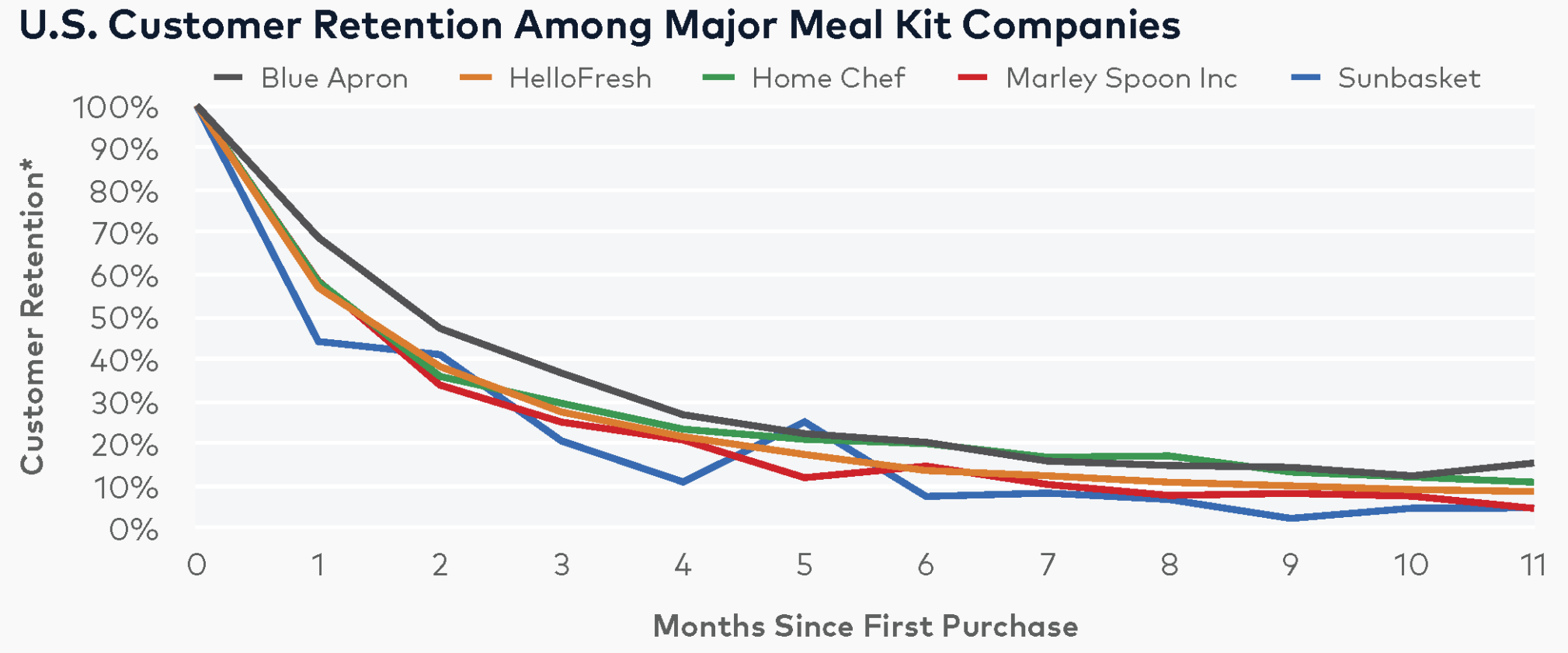by Trey Pruitt

Customer cohort analysis is a method used in marketing, finance, and analytics to group customers into "cohorts" based on shared characteristics or experiences within a defined time frame. I have encountered many situations where a cohort-based forecasting model proves superior to traditional approaches.
Customer cohort analysis is a method used in marketing, finance, and analytics to group customers into "cohorts" based on shared characteristics or experiences within a defined time frame. Typically, these cohorts are segmented based on their first purchase or interaction with a business. This approach allows us to observe and analyze the behavior and performance of these groups over time, rather than viewing customers as a single homogeneous entity. By doing so, we can uncover patterns and trends in customer behavior, such as how long a cohort continues to purchase, how their spending habits evolve, and their response to marketing strategies or changes in the business. This analysis is particularly valuable for identifying customer loyalty and retention patterns, understanding lifetime value, and tailoring marketing efforts to specific segments, leading to more efficient and effective business strategies.
Cohort-based forecasting, in contrast to traditional forecasting methods, uses customer data to project future sales. While traditional methods often project future trends based on historical aggregate data without differentiating between customer groups, cohort-based forecasting drills down into specific customer segments (cohorts) based on their shared characteristics, like acquisition period. This allows for a more accurate prediction of customer behavior, taking into account how different groups may evolve distinctly over time in terms of purchases, engagement, or churn. As a result, cohort-based forecasting can provide more targeted insights and predictions, particularly useful for businesses with diverse customer bases or those undergoing significant changes in market strategy or product offerings.

The following are situations in which I have found a cohort-based forecast to be superior to traditional methods.
This is a typical situation for more consumer-oriented businesses. The "survival" curve for a typical customer cohort (i.e., retention over time) drops off quickly in the first few months but flattens out in later months. An example of this, derived from public data, involves retention figures for meal kit companies where 70% of customers have churned after 3 months but the churn rate decreases in later months.

If new customer acquisition is seasonal (e.g., during the December holiday season for an e-commerce company), this creates a situation where the customer cohorts are uneven in size. Sales from these customers will have an outsize impact on overall sales depending on the month of customer tenure.
In situations where the management team wants to model substantial changes to the "status quo" (e.g., much higher/lower new customer acquisition, much better/worse retention), a cohort model is essential to capture the fundamental drivers of revenue.
When an accurate revenue forecast is very important, I have found that cohort-based models consistently outperform traditional forecasting methods. This is because customer cohorts tend to behave in predictable ways over time; these trends can be harnessed for a more accurate revenue forecast.
More sophisticated companies track the recovery of customer acquisition cost (CAC) at the cohort level. To do this, revenue must be measured and projected out for each customer cohort.
In summary, customer cohort-based forecasting represent a significant advancement over traditional forecasting methods. By segmenting customers into cohorts based on shared characteristics and tracking their behavior over time, businesses can gain a deeper, more nuanced understanding of customer behavior. This approach is particularly effective in scenarios like forecasting non-linear customer retention, managing seasonal acquisition trends, adapting to significant business changes, ensuring forecast accuracy, and measuring CAC recovery at a granular level. Embracing this method is not just about adopting a new analytical tool; it's about adopting a new perspective on customer data, one that recognizes the unique journeys of different customer segments and leverages these insights for more accurate forecasts.
Do you have a revenue forecasting situation you would like to analyze? Get in touch with me and we can discuss.